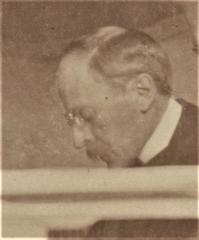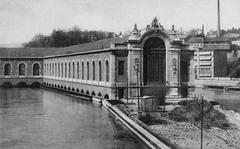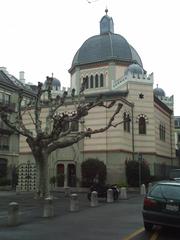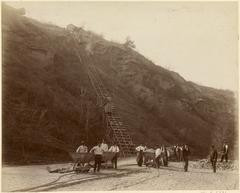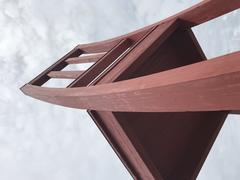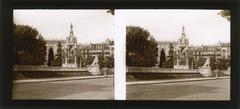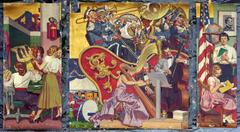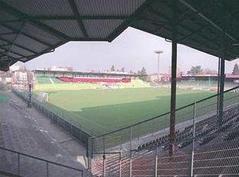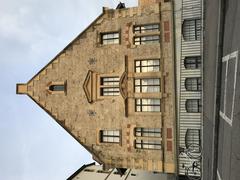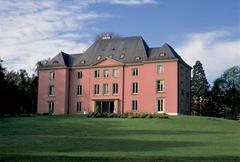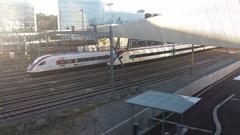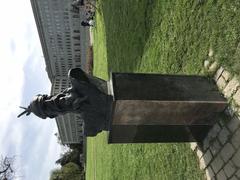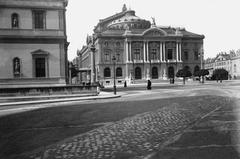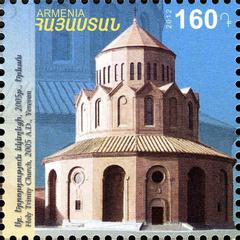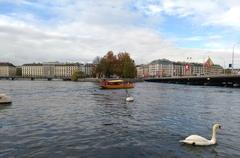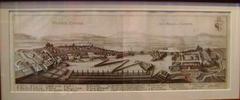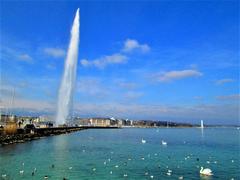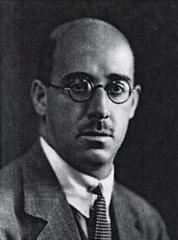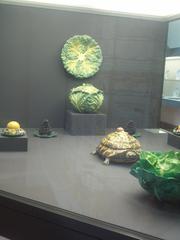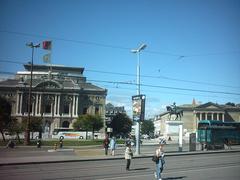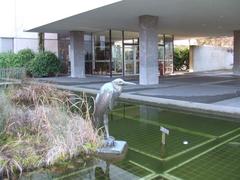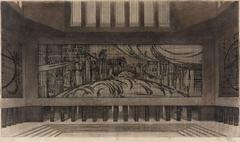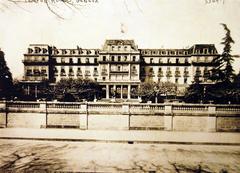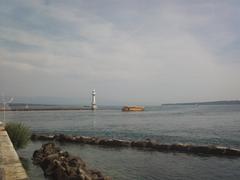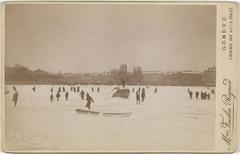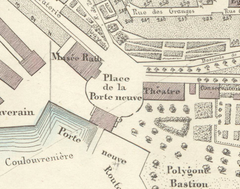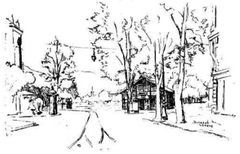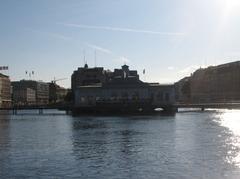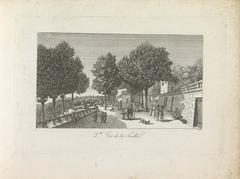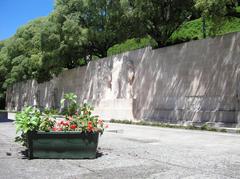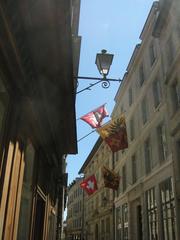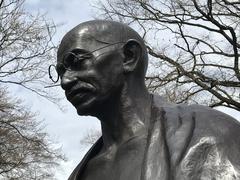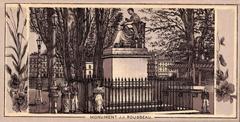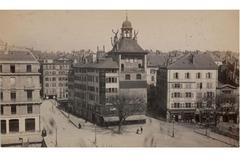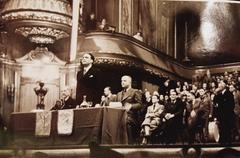Simone Rapin Grave Visiting Hours, Tickets, and Geneva Historical Sites Guide
Date: 14/06/2025
Introduction
Nestled in the heart of Geneva, Switzerland, the Cimetière des Rois (Cemetery of Kings) is a landmark of immense historical and cultural value. Established in 1482 and later transformed into Geneva’s pantheon for illustrious citizens, the cemetery stands as a testament to the city’s intellectual, artistic, and political legacy (geneve.ch). Among its most notable interments is Simone Rapin, a distinguished Swiss writer, poet, and cultural figure whose grave has become a point of interest for literature enthusiasts and history travelers alike.
This comprehensive guide is designed to assist visitors in planning a thoughtful and enriching experience at Simone Rapin’s grave and the Cimetière des Rois. It presents detailed visitor information—such as opening hours, admission, accessibility, and etiquette—while also exploring Rapin’s life, her artistic influence, and the broader historical context of the cemetery. Whether your interest lies in Swiss literature, funerary art, or Geneva’s tranquil green spaces, this guide offers practical tips and cultural insights to help you make the most of your visit (Le News; Wikipedia; Expatica).
Table of Contents
- Origins and Evolution of the Cimetière des Rois
- Transition to a Pantheon: The Cemetery’s Modern Role
- Notable Burials and Historical Significance
- Architectural and Landscape Features
- Visitor Information: Hours, Tickets, and Admission
- How to Visit: Travel Tips and Accessibility
- Guided Tours and Cultural Events
- Simone Rapin: Life, Legacy, and Memorial
- Artistic and Symbolic Features of Simone Rapin’s Grave
- FAQ: Planning Your Visit
- Visitor Tips and Nearby Attractions
- Preservation and Ongoing Legacy
- Conclusion and Call to Action
- References
Origins and Evolution of the Cimetière des Rois
The Cimetière des Rois began as the Cimetière de Plainpalais in 1482, intended as a burial ground for plague victims outside Geneva’s city walls (geneve.ch). Following the Reformation in 1536, it became the city’s principal cemetery, especially after churchyard burials were discontinued. Over time, the cemetery evolved from a communal burial site to a prestigious necropolis.
Transition to a Pantheon: The Cemetery’s Modern Role
By the late 19th century, the Cimetière des Rois was reserved for Geneva’s most distinguished citizens, particularly those who contributed to the city’s intellectual, political, or cultural reputation. This selective policy was formalized in 1945, and today, only individuals who have notably influenced Geneva may be buried here (landrucimetieres.fr). The “kings” in the cemetery’s name refer not to royalty but to the winners of a historic archery competition, reflecting Geneva’s civic traditions (geneve.ch).
Notable Burials and Historical Significance
The Cimetière des Rois is the final resting place for approximately 350 prominent individuals. Notable burials include:
- John Calvin – Reformation leader
- Jorge Luis Borges – Argentine writer
- Jean Piaget – Psychologist
- Ernest Ansermet – Conductor
- Sergio Vieira de Mello – Diplomat
- Frank Martin – Composer
- Griselidis Réal – Writer and activist
- Alice Rivaz – Novelist
These graves collectively narrate Geneva’s progression as a center for culture and thought (landrucimetieres.fr).
Architectural and Landscape Features
Covering 28,000 square meters, the cemetery is a tranquil, tree-lined park. Landscaped with walking paths, benches, and mature trees, it serves both as a place of remembrance and a peaceful urban oasis. A funeral center with a chapel and mortuary rooms was added in 1956, enhancing the site’s functionality (geneve.ch).
Visitor Information: Hours, Tickets, and Admission
- Hours: Open daily, typically from 8:00 AM to 6:00 PM (may close earlier in winter and later in summer—check official website for updates).
- Admission: Free; no tickets or reservations required.
How to Visit: Travel Tips and Accessibility
- Location: Rue des Rois 10, 1204 Geneva, close to the city center.
- Public Transport: Served by trams and buses (Plainpalais, Bel-Air, bus lines 1, 6, and 8).
- Accessibility: Paved and ramped paths make the cemetery wheelchair accessible. Benches are available throughout.
- Parking: Limited; using public transport is recommended.
- Best Times: Spring and autumn for mild weather and colorful foliage.
Guided Tours and Cultural Events
Self-guided tours are supported by downloadable maps. Occasionally, the cemetery hosts guided walks, art exhibitions, or commemorative events. For schedules, check the Geneva Tourism Official Website.
Simone Rapin: Life, Legacy, and Memorial
Biography and Literary Career
Simone Rapin (1916–1988) was a Swiss poet, playwright, and actress, known for her evocative writing and contributions to Geneva’s artistic life (French Wikipedia). Her works, including L’Ile Shakespeare and Saga, reflect a deep engagement with literary and poetic forms (UNIL Archives).
Impact and Recognition
Rapin’s literary output is characterized by lyrical introspection, narrative experimentation, and a focus on memory and identity. She was honored with the Prix international des poètes de France (1960) and Plume d’or (1987), among other accolades. Her correspondence and manuscripts, preserved in Swiss archives, offer insight into her creative process and influence on fellow writers.
The Grave of Simone Rapin
Rapin’s grave is located within the Cimetière des Rois, close to other notable cultural figures. It is distinguished by a 1.6-meter-tall bronze “bird of paradise” sculpture, symbolizing her creative spirit and artistic legacy (Expatica). The grave’s design reflects both Swiss funerary tradition and personal symbolism tied to Rapin’s life and work.
Artistic and Symbolic Features of Simone Rapin’s Grave
- Headstone: Crafted from local stone with clean, modernist lines.
- Inscription: Features her name, dates (1916–1988), and sometimes a poetic quote.
- Symbolism: The “bird of paradise” sculpture evokes themes of transformation and artistic flight, while engravings may include motifs such as books (literary achievement), roses (love/hope), and musical notes (her cultural versatility) (Heritage Discovered).
- Setting: Surrounded by graves of other cultural luminaries, creating a powerful space for reflection.
FAQ: Planning Your Visit
Q: What are the opening hours?
A: Generally 8:00 AM–6:00 PM (check official website for seasonal changes).
Q: Is entry free?
A: Yes, there is no admission fee.
Q: Is the cemetery accessible?
A: Yes, with paved paths and ramps.
Q: Are guided tours available?
A: Occasionally; inquire at the Geneva Tourism site.
Q: Can I take photos?
A: Discreet photography is allowed; avoid photographing mourners or ceremonies.
Q: Are pets allowed?
A: Only service animals are permitted.
Visitor Tips and Nearby Attractions
- Maps: Available at the entrance or online (Geneva Discovery Map).
- Combine Visits: Explore nearby Old Town, Reformation Wall, and Bastions Park (Nomadic Matt).
- Amenities: Cafés, restrooms, and shops are available in the adjacent Plainpalais district.
- Best Experience: Visit during spring or autumn, and plan at least an hour for thoughtful exploration.
Preservation and Ongoing Legacy
Simone Rapin’s grave, like the cemetery as a whole, is maintained by the city as part of Geneva’s cultural heritage. Restoration efforts ensure the longevity of inscriptions and sculptures, supporting educational and commemorative activities.
Conclusion and Call to Action
Visiting Simone Rapin’s grave at the Cimetière des Rois is not only a tribute to a major literary figure but also an immersion in Geneva’s broader story of cultural achievement and civic pride. The cemetery’s serene landscape and historic gravestones offer a profound space for remembrance and reflection. Plan your visit using the guidance above and enrich your Geneva experience by engaging with its living history.
Explore more:
Download the Audiala app for curated audio tours and follow us on social media for the latest updates on Geneva’s cultural events.
References
- geneve.ch
- Le News
- Wikipedia
- Expatica
- French Wikipedia
- UNIL Archives
- Heritage Discovered
- Geneva Tourism Official Website

